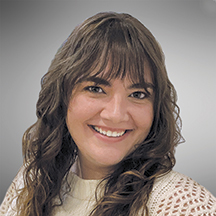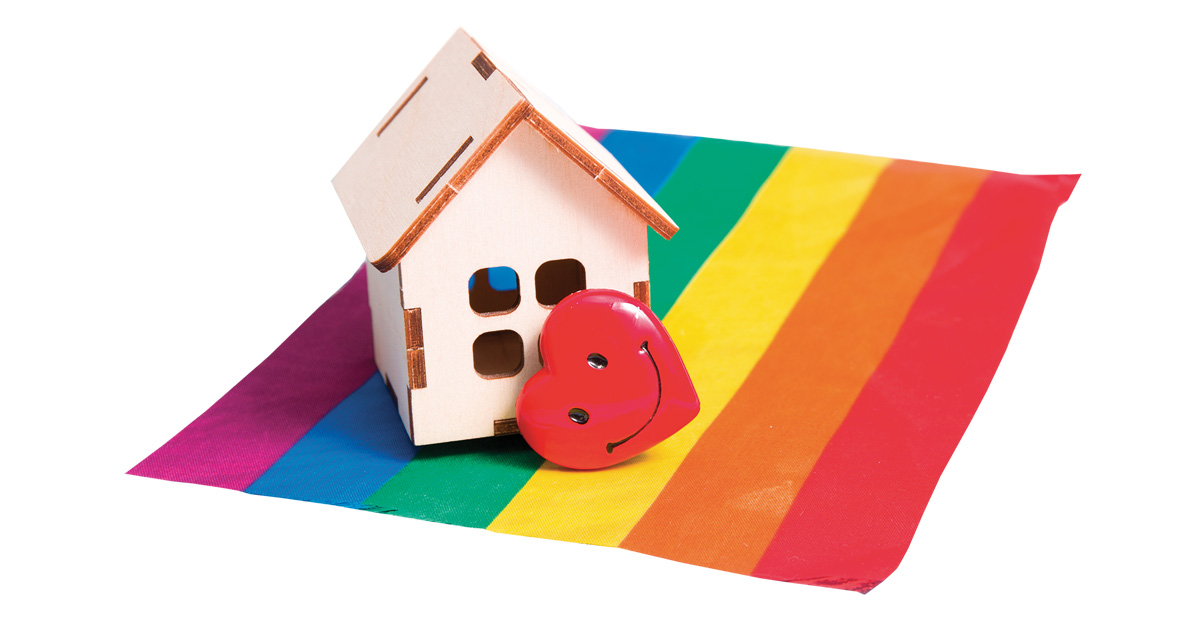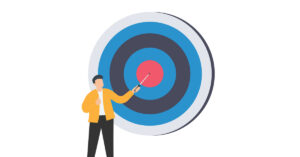It’s common knowledge that members of marginalized communities are less likely to own their home. This also extends to the LGBTQ+ community, whose homeownership rate is about 20 percentage points lower than that of non-LGBT Americans.
There are multiple barriers to entry for these prospective homebuyers. According to the UCLA School of Law’s Williams Institute, LGBT adults are more likely to live in poverty and experience homelessness. And a study from Realtor.com found that 29% of LGBT people reported or suspected being victims of discrimination. These inequities are magnified for LGBT people who are also transgender and/or people of color.
These are overarching social inequities that will take time to fix, but there has been recent progress. In 2021, President Joe Biden signed an executive order that extended Fair Housing Act protections to cover gender identity and sexual orientation. And federal legislators have introduced the Equality Act, which would provide permanent and comprehensive nationwide discrimination protections, although it has yet to become law.
“Education breaks down so many barriers. Understanding who you’re working with enables you to be a better professional.”
– Ryan Weyandt, CEO, LGBTQ+ Real Estate Alliance
Evidence of such discrimination in mortgage lending is thin, since lenders don’t collect sexual orientation data. A study published by researchers at Iowa State University examined differences in lending outcomes between applications from same-sex co-borrowers and opposite-sex co-borrowers. The study found that the approval rate for same-sex borrowers was 3% to 8% lower than different-sex applicants with comparable finances and risk factors. It also found that same-sex borrowers were less risky applicants, with similar default risk and lower prepayment risk.
Mortgage originators are on the front lines of homeownership opportunities. And since there is evidence of discrimination against LGBT borrowers, one of the most helpful things originators can do is simple — make prospective LGBT clients feel safe and welcome.
“While we found that discrimination against the LGBTQ community is real, the perception or the fear of discrimination from LGBTQ consumers is actually significantly worse than the actual discrimination rate that’s occurring,” says Ryan Weyandt, a loan officer of 10 years and CEO of the LGBTQ+ Real Estate Alliance.
“It’s a huge barrier to homeownership,” he says. “If you take yourself out of the process, don’t walk down the path to homeownership because you’re afraid that you’re going to encounter discrimination or have a poor experience, you’re eliminating the potential of growing into homeownership.”
Weyandt says that it’s going to become increasingly important to work with minority groups, including the LGBT community, in the next several years. He calls it both a moral imperative and a business imperative. “The reality is, if you look at America and you look at the projections over the next 15 years, minority segments in this country hold the wealth, hold the buying power, and will make up a good portion of the GDP (gross domestic product) in this country,” Weyandt says. “And if the business community isn’t accessible to our minority communities … it’s going to turn into an economic disaster.”
The LGBTQ+ community in America has a ton of spending power. A few years ago, the estimated value of LGBT input to the U.S. economy was $1.7 trillion. Based on 2021 GDP data, this would make the U.S. LGBT community the 12th largest economy in the world if it was its own country.
Originators can start to attract and retain LGBT clients by improving education, both for themselves and their borrowers. Many organizations — including the Trevor Project, Safe Zone Project, Human Rights Campaign and the LGBTQ+ Real Estate Alliance — offer resources and dedicated training courses to educate straight allies. “Education breaks down so many barriers,” Weyandt says. “Understanding who you’re working with enables you to be a better professional.”
An expansion of efforts to educate potential homebuyers of all demographics will also reach LGBT homebuyers. Weyandt says he personally delayed buying a home by about five years because he didn’t fully understand the process and didn’t want a stranger who didn’t understand him scrutinizing his bank statements. He says it’s key to create a safe and welcoming space where clients from all backgrounds can learn about the complex mortgage process as well as available programs such as downpayment assistance.
It’s also important for lenders to hire originators who represent diverse communities. Being served by a loan officer who has similar life experiences creates a better overall client experience and could create more equitable, unbiased lending outcomes. Weyandt believes this is the secret to getting more LGBT people into homeownership.
Generation Z is aging into homeownership and millennials already make up the largest pool of potential homebuyers. According to a Gallup poll released in 2022, one in 10 millennials identify as LGBTQ+, as do one in five members of Gen Z. As public opinion shifts toward acceptance, many of the barriers to homeownership will begin to come down. June is both Pride Month and National Homeownership Month, offering originators a chance to be viewed as a safe resource for LGBT clients.
“There’s something going on here in this country,” Weyandt says. “What we’re seeing is that the masses are embracing the LGBTQ+ community and making us feel more welcome and comfortable in living our authentic lives.” ●
Author
-

Hannah Darden is the former industry rankings editor at Scotsman Guide Inc.
View all posts






